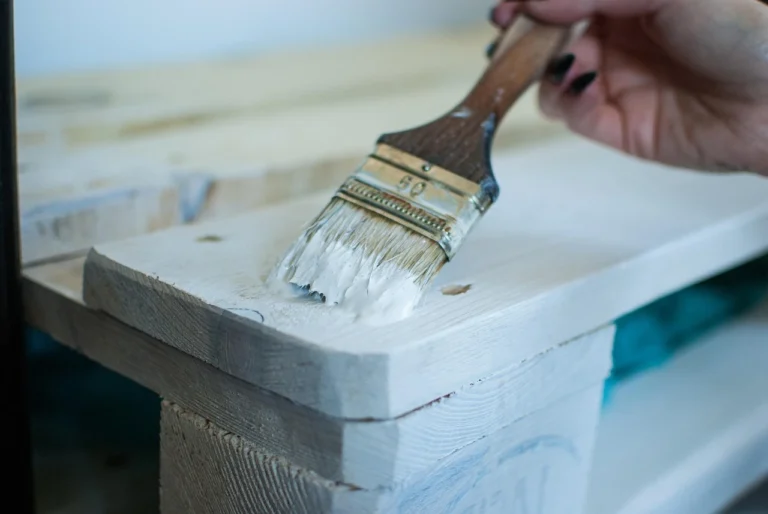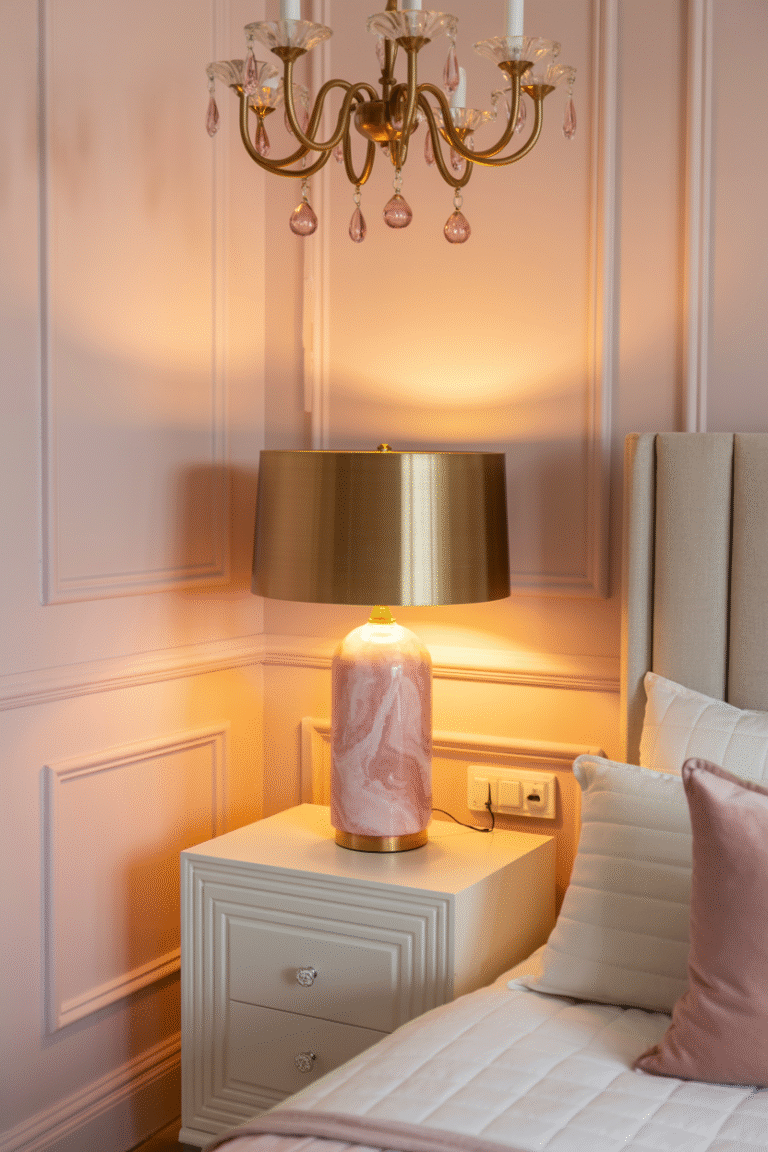
When it comes to outdoor furniture, we’re all looking for the perfect combination of style, comfort, and durability. But there’s one aspect I didn’t always consider until recently: the material. You might be surprised how much furniture made from renewable resources is taking the outdoor furniture world by storm. I remember when I first started redoing my backyard, I made the mistake of choosing beautiful but unsustainable pieces that didn’t hold up well in the long run. But after switching to furniture made from renewable materials, I noticed a huge difference in both durability and environmental impact.
In the following sections, I’ll break down why choosing outdoor furniture made from renewable resources is not just a good idea for the planet but also for your backyard. It’s all about the right materials, how they stand up to the weather, and how they can last through the seasons without needing constant replacement.
Why Renewable Resources Matter for Outdoor Furniture
I remember the first time I realized how crucial renewable materials were for outdoor furniture. I had just bought a set made of synthetic materials, and after one harsh winter, I could already see cracks forming. This is when I started reading more about how the material choice impacts the furniture’s longevity and the environment.
Furniture made from renewable resources means you’re choosing materials that come from sources that can regenerate naturally over time, unlike plastic or metal that are not easily recyclable. I’ve always been someone who tries to be conscious of my environmental footprint, and making better choices for my outdoor space was a simple, yet effective way to do so. Not only did I feel better about my decision, but I also started noticing that renewable material furniture lasted much longer, didn’t fade as quickly, and didn’t need as much maintenance.
Common Types of Renewable Materials for Outdoor Furniture
Wood:
Let’s start with good old-fashioned wood. Teak and eucalyptus are some of the most popular types for outdoor furniture because they are durable, weather-resistant, and harvested sustainably. After my own trial and error with wood pieces, I found that teak was the most reliable. It doesn’t rot easily and can withstand a lot of different weather conditions. But here’s the catch,make sure the teak comes from responsibly managed forests. Companies that use Forest Stewardship Council (FSC) certified teak are a good option.
Bamboo:
This material has skyrocketed in popularity due to its rapid growth and minimal environmental impact. It’s incredibly strong, lightweight, and looks sleek. I’ve used bamboo for a variety of outdoor furniture items, from chairs to tables, and it’s held up wonderfully. Bamboo can resist moisture, pests, and temperature changes, which makes it ideal for outdoor settings. Plus, it’s incredibly easy to clean, which, as you can imagine, was a huge win for me after a few unfortunate spills!
Recycled Plastic:
A surprising option that I didn’t think of initially is furniture made from recycled plastic. These are typically made from post-consumer waste, like bottles or containers. This type of furniture is tough and incredibly low-maintenance. I actually saw some recycled plastic chairs at a friend’s place and was amazed at how well they held up after years of being exposed to the elements. They’re also great because they don’t fade under the sun like some plastic furniture does.
Cork:
It’s not the first material that comes to mind, but cork is a fantastic renewable resource, especially for outdoor furniture cushions or accents. The best part is it’s biodegradable and lightweight. I actually discovered cork’s benefits when I was looking for eco-friendly cushions for my outdoor lounge chairs. It turns out cork is naturally resistant to mold and mildew, so it’s perfect for damp environments.
Hemp:
Yes, you read that right! Hemp is a durable and eco-friendly fiber, often used in cushions, upholstery, and other outdoor accessories. I have a few hemp fabric cushions on my patio furniture, and they’ve held up surprisingly well against the elements, plus they’re naturally resistant to mildew and UV damage.
How Renewable Furniture Holds Up to Outdoor Conditions
Now, I know what you’re thinking: “Doesn’t all this eco-friendly stuff wear out quickly in the sun and rain?” That was my concern too when I first switched to furniture made from renewable resources. However, over the years, I’ve learned that properly treated renewable materials can last just as long, if not longer, than their non-renewable counterparts.
Weather Resistance:
I’ve had pieces made from wood and bamboo, and with proper care, they last through rain, sun, and even snow. Teak furniture, in particular, is amazing for its weather-resistant properties. It actually ages beautifully over time, unlike plastic which can crack and discolor. Of course, you’ll want to apply the right sealant or treatment to keep them in top condition, but honestly, it’s been totally worth it.
Maintenance:
If you’re anything like me, you don’t want to spend hours cleaning and maintaining your outdoor furniture. One of the big advantages of renewable materials like recycled plastic and bamboo is their low-maintenance nature. No need to worry about rust or paint chipping off every season. Just give them a quick clean, and they’re good to go.
Longevity:
When I switched to furniture made from renewable materials, I was skeptical about how long it would last. But after seeing how well the FSC-certified teak and bamboo pieces held up, I realized they’re just as long-lasting as traditional materials like metal or plastic. You’ll need to take a little extra care to protect them from extreme weather, but in the long run, they pay off by staying intact and looking great.
How to Find the Best Furniture Made from Renewable Resources
I won’t lie,finding furniture made from renewable resources can sometimes feel like a treasure hunt, but it’s definitely worth the effort. There are several things to keep in mind:
Look for Certifications:
As I mentioned, FSC-certified wood is a great choice. If you’re looking for materials like bamboo, make sure they’re sustainably sourced. Similarly, if you’re interested in recycled plastic, check if the manufacturer is committed to using post-consumer recycled materials. There are also certifications for fabrics, like Global Organic Textile Standard (GOTS) for hemp.
Check the Brand’s Sustainability Efforts:
Many companies now prioritize environmental efforts. I love that some brands focus on zero-waste production, and use eco-friendly packaging too. It’s always a good idea to research the company’s sustainability practices before making a purchase. After all, the furniture might be made from renewable resources, but the brand’s entire production process can impact the environment.
Consider Your Climate:
Not all renewable materials are suitable for every climate. For example, while bamboo works well in dry or moderate climates, it may not hold up in extremely cold areas. Similarly, cork may not be the best option in places with heavy rainfall. So, take a minute to think about where you live before you start purchasing.
The Future of Outdoor Furniture: More Renewable Options on the Horizon
The trend toward renewable materials is just beginning. In fact, I recently saw that several brands are starting to experiment with mycelium-based furniture (yes, furniture made from fungi!). As more companies embrace environmentally conscious choices, I’m excited to see how the industry evolves. It’s reassuring to know that we can have stylish, durable, and sustainable furniture to enjoy our outdoor spaces without compromising the planet’s health.
Conclusion: Choose Renewable, Choose Smart
After spending years replacing and repairing outdoor furniture that couldn’t stand the test of time, I can confidently say that furniture made from renewable resources is a game-changer. It’s stronger, longer-lasting, and better for the environment. Whether you’re choosing wood, bamboo, or recycled materials, these options are more than just a trend,they’re a smart, sustainable way to furnish your outdoor space. So, take the time to find pieces that are made with care for both you and the planet, and enjoy your beautiful, eco-friendly outdoor living space for years to come.







